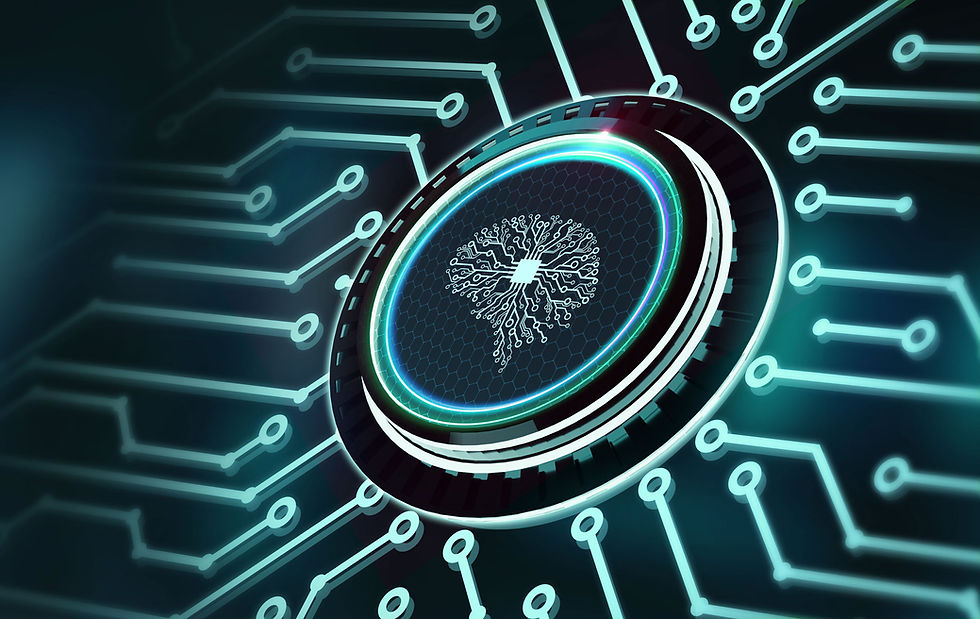Research Update - April 2025
- Dr. M. Passmore

- Apr 4
- 3 min read
Updated: May 12

Breakthrough in Neurostimulation: A New Study Unveils Promising Advances for Chronic Pain Management
At ZipStim Neurostimulation, we’re committed to staying at the forefront of innovation in clinical neurostimulation, bringing cutting-edge solutions to those seeking relief from neurological conditions. Today, we’re excited to share insights from a groundbreaking research study published in early 2025 that’s making waves in the field of chronic pain management. This study, titled “Restorative Neurostimulation for Refractory Chronic Low Back Pain: Long-Term Outcomes from a Prospective Multicenter Trial,” offers fresh hope for individuals battling persistent pain—and it’s a perfect example of how neurostimulation continues to evolve as a game-changing therapy.
The Study at a Glance
Published in the Journal of Neuromodulation in January 2025, this study followed a cohort of 150 patients across multiple centers who were treated with a novel restorative neurostimulation device targeting the lumbar multifidus muscles. These patients had been diagnosed with refractory chronic low back pain—pain that resisted conventional treatments like medication, physical therapy, and even surgery. Over a 24-month period, researchers tracked outcomes such as pain reduction, functional improvement, and quality of life, using a combination of patient-reported measures and objective biomechanical assessments.
What sets this study apart is its focus on restorative neurostimulation, a technique designed not just to mask pain but to address its root causes by restoring neuromuscular function. Unlike traditional spinal cord stimulation, which primarily interrupts pain signals, this approach stimulates specific nerves to strengthen weakened muscles and improve spinal stability—key factors in chronic low back pain.
Key Findings That Caught Our Eye
The results are nothing short of impressive:
Significant Pain Reduction: At the 24-month mark, 78% of participants reported a pain reduction of at least 50% on the Visual Analog Scale (VAS), with 62% achieving a reduction of 70% or more. This is a substantial improvement over baseline levels, where patients averaged a VAS score of 7.8 out of 10.
Functional Gains: Beyond pain relief, the study showed a 65% improvement in Oswestry Disability Index (ODI) scores, a measure of how much pain interferes with daily activities. Patients regained the ability to perform tasks like walking, lifting, and even returning to work—outcomes that matter deeply to those living with chronic pain.
Sustained Benefits: Perhaps most exciting, these benefits didn’t fade over time. The 24-month follow-up demonstrated that the effects of restorative neurostimulation were durable, with minimal need for additional interventions or device adjustments.
Minimal Side Effects: Only 4% of participants reported mild adverse events, such as temporary discomfort at the implant site, and no serious complications were noted—a testament to the safety profile of this approach.
Why This Matters for ZipStim Users
At ZipStim, we’ve always believed that neurostimulation isn’t just about managing symptoms—it’s about empowering people to reclaim their lives. This study aligns perfectly with our mission. The restorative neurostimulation device used in the trial shares similarities with the technology behind ZipStim, particularly in its focus on targeted, patient-centric solutions. While our device is designed for broader applications, including headache relief and stress management, the principles of precise nerve stimulation and long-term efficacy resonate with what we strive to achieve.
For those with chronic low back pain, this research suggests a future where neurostimulation could become a first-line therapy, reducing reliance on opioids or invasive surgeries. And for the broader neurostimulation community, it’s a reminder of how far the field has come—and how much potential still lies ahead.
What’s Next?
The researchers behind this study are already planning a larger Phase III trial to confirm these findings and explore applications for other conditions, like post-surgical pain or degenerative disc disease. At ZipStim, we’ll be watching closely, as advancements like these inspire us to refine our own technology and expand its reach.
In the meantime, this study is a beacon of hope for anyone struggling with chronic pain. It’s a reminder that science is pushing boundaries, and solutions like neurostimulation are leading the charge. If you’re curious about how ZipStim might fit into your wellness journey, drop us a line—we’d love to hear from you!
Stay tuned to the ZipStim blog for more updates on the latest in neurostimulation research and how it’s shaping a brighter, pain-free future.
Disclaimer: This blog post is for informational purposes only and does not constitute medical advice. Always consult a healthcare professional before starting any new treatment.




Comments